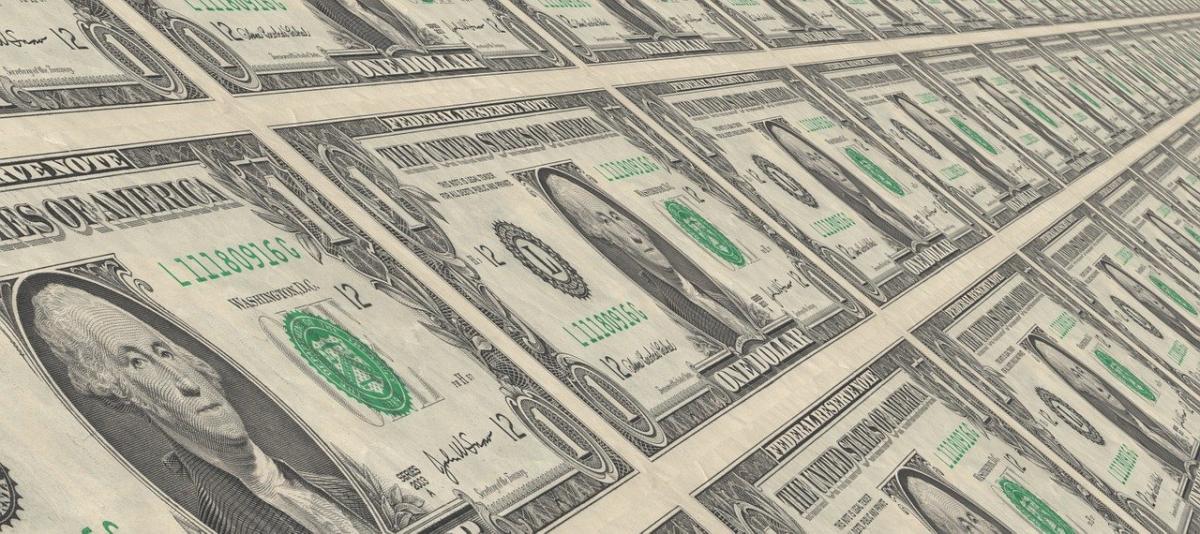A new analyst report looks at what is in store for the private markets given Covid-19, an impending economic slowdown, and energy price volatility. It argues that we are entering a bear different from other bears. This bear market may be part of a transition that will increase the role of private debt funds in middle-market transactions and restructurings.
But let us begin at the beginning. Typically, we see lags in the data between public market valuation moves on the one hand and mark-to-market/model adjustment for private market funds on the other. Stock prices may predict moves in the private markets. Much depends on the underlying drivers. For example, a decline in the earnings profiles of public companies indicates that there are negative economic pressures from which the PE/VC world will not be immune.
Nonetheless, returns in private markets are not as volatile as are their public counterparts. The report says that both the peaks and the valleys of the private markets are less extreme. This has been the case throughout the present millennium. There have been 28 quarters since 2001 when the S&P 500 TR was up 5% or more. On 24 of those “hills” the PE market trailed. Conversely, there have been 21 quarters in the same period in which the S&P 500 TR was negative. In all 21 of those “valleys” the PE market did better.
The Most Significant Drawdown
The Coronavirus, more precisely called Covid-19, is now catalyzing “the most significant market drawdown and economic shock” since the global financial crisis of 12 years ago. Demand is plunging in the travel and leisure industries, foot traffic is disappearing from retail, and some service industries have been shut down outright in various cities. Meanwhile, international supply chains have seen disruption. This is compounded by a price war between Saudi Arabia and Russia over the energy markets, which has pushed the price of crude oil to below $30 a barrel.
The Pitchbook analysts believe this will amount to a slowdown in PE transaction volume. Credit markets are tightening, which will mean that the structuring of transactions will create new opportunities in private debt and special situations.
The analysts have also looked at leveraged loan volume. Through the first two months of 2020 there has been an astonishing 99% decline in the leveraged loans coming to market. This, Pitchbook thinks, is an adequate proxy for “the pricing and availability of debt that goes into LBO transactions.” Further, the energy sector accounts for more than 11% of high-yield debt. Given that the volatility of that sector could well be a sharp rise in defaults, and that could have a contagion effect as the rise in defaults hits the bottom line of lending institutions.
There is a bit of good news here in terms of the timing of possible defaults. The energy-related junk debt due between now and 2024 is $53 billion. But only about $2 billion of that will come due in 2020. This, Pitchbook supposes, “should allow some relief to cash-strapped energy businesses—and as a result, hopefully the broader high-yield market.”
Here is where we get back to the private debt funds. Although larger issuances may prove difficult to arrange, the private debt funds are sitting on record piles of dry powder, more than $2.4 trillion. They will have a correspondingly large role to play.
Another near-future development the analysts expect: holding periods will lengthen. The portfolio companies will struggle, and the exit markets may well be subdued for some time to come, especially the IPO and M&A routes. But the good news is that PE firms have “more levers to support portfolio companies than ever.” They will be able to show positive performance through this period relative to other asset classes.
A Final Thought
These analysts do not believe that there will be a dramatic downturn in fundraising for the PE funds in general in this recession.
Relatedly, and a final thought: there will not be the sort of panic-selling in the secondaries market as was observed during the global financial crisis. Yes, liquidity will be a concern, but “the secondaries market is deeper and more developed than it’s ever been—even if transactions may take longer in a challenging environment.”




